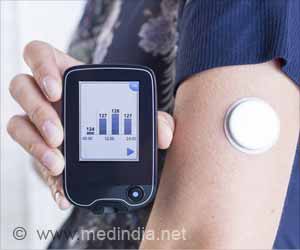Telepathy is no longer a myth, for researchers from the University of Southampton have shown that people can communication with each other through the power of thought alone.
Telepathy is no longer the exclusive prerogative of flying superheroes anymore. Researchers from the University of Southampton have blown the 'superhuman' bubble surrounding telepathy and have shown that even regular people can communication with each other through the power of thought alone.
Brain-Computer Interfacing (BCI) can be used for capturing brain signals and translating them into commands that allow humans to control devices like computers, robots, rehabilitation technology, and virtual reality environments just by thinking about various actions.Dr. Christopher James, from the University's Institute of Sound and Vibration Research, took the experiment a step further in the current study.
The researchers aimed to expand the current limits of this technology, and show that brain-to-brain (B2B) communication is possible.
"Whilst BCI is no longer a new thing and person to person communication via the nervous system was shown previously in work by Professor Kevin Warwick from the University of Reading, here we show, for the first time, true brain to brain interfacing. We have yet to grasp the full implications of this but there are various scenarios where B2B could be of benefit such as helping people with severe debilitating muscle wasting diseases, or with the so-called 'locked-in' syndrome, to communicate and it also has applications for gaming," said James.
In his experiment, one person used BCI to transmit thoughts, translated as a series of binary digits, over the Internet to another person whose computer receives the digits and transmits them to the second user's brain through flashing an LED lamp.
While attached to an EEG amplifier, the first person would generate and transmit a series of binary digits, imagining moving their left arm for zero and their right arm for one.
Advertisement
Although the pattern of the flashing LEDS is too subtle to be picked by the second person, but it is picked up by electrodes measuring the visual cortex of the recipient.
Advertisement
The experiment, thus, showed true brain-to-brain activity.
Source-ANI
TAN








